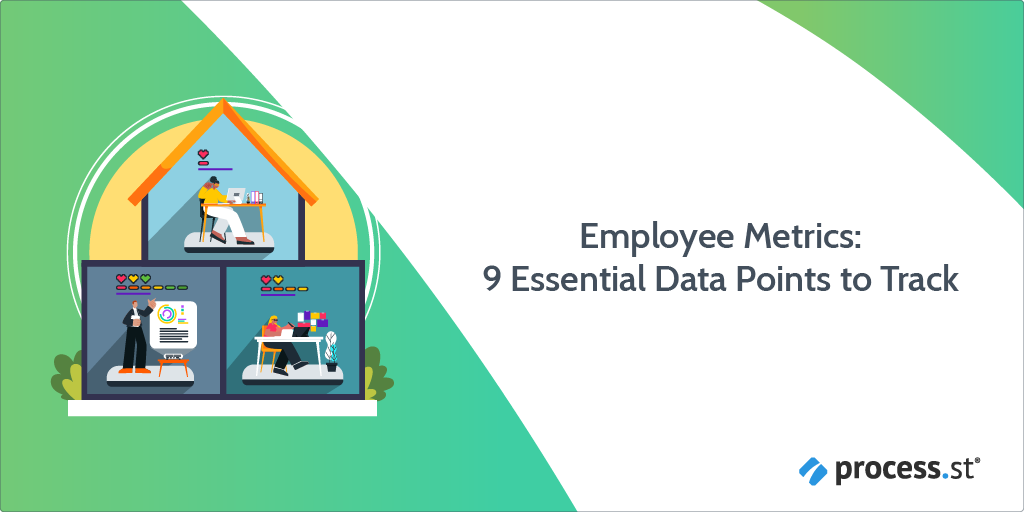 Thomas Forstner is the Head of People & Talent at Juro – a contract management platform on a mission to help the world agree more – where he is building a human-centric, scalable People & Talent function from the ground up.
Thomas Forstner is the Head of People & Talent at Juro – a contract management platform on a mission to help the world agree more – where he is building a human-centric, scalable People & Talent function from the ground up.
There are ton of metrics you could measure as a People and Talent lead at a fast-growth company. But tracking them all simply isn’t valuable. Instead, you should be economical and focus on a few metrics that can tell you the most about your function, keeping the rest in the background until you need to delve a bit deeper.
So which metrics do you choose to focus on, and which do you put on the backburner?
It’s a hard choice, there’s no doubt about that. However, some employee metrics are more valuable than others in terms of what they tell you and how important that insight is to your broader business strategy.
Ultimately, you want to grow your team consistently with the best talent, facilitate their development and ensure they’re fulfilled and engaged in their role at your company.
This Process Street post will explore the ten best metrics to track in 2022, including:
- Top metrics for employee retention & acquisition
- Performance metrics: Essential data for employee development
- Employee metrics to improve wellbeing & satisfaction
It’s time to track the data that matters!
Continue Reading







 Workflows
Workflows Projects
Projects Data Sets
Data Sets Forms
Forms Pages
Pages Automations
Automations Analytics
Analytics Apps
Apps Integrations
Integrations
 Property management
Property management
 Human resources
Human resources
 Customer management
Customer management
 Information technology
Information technology



 I play video games at work.
I play video games at work.
